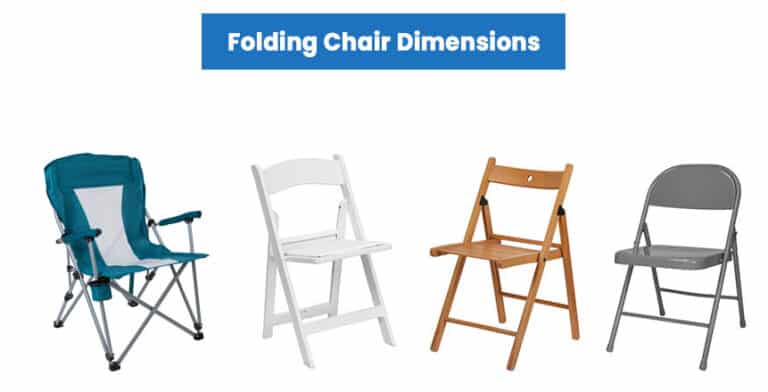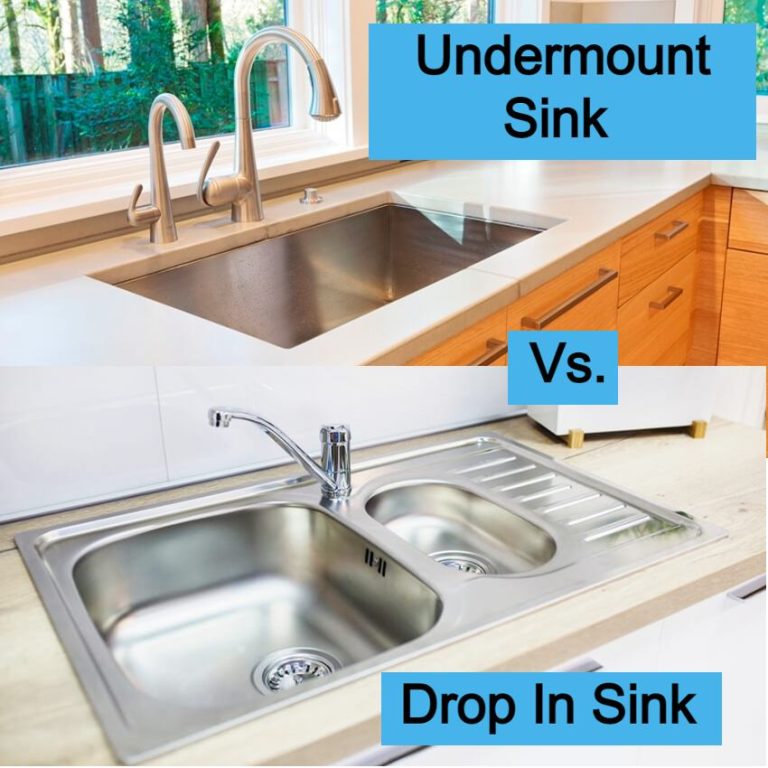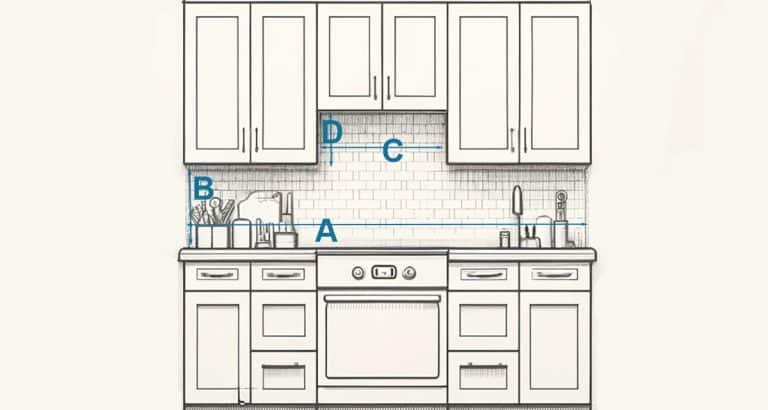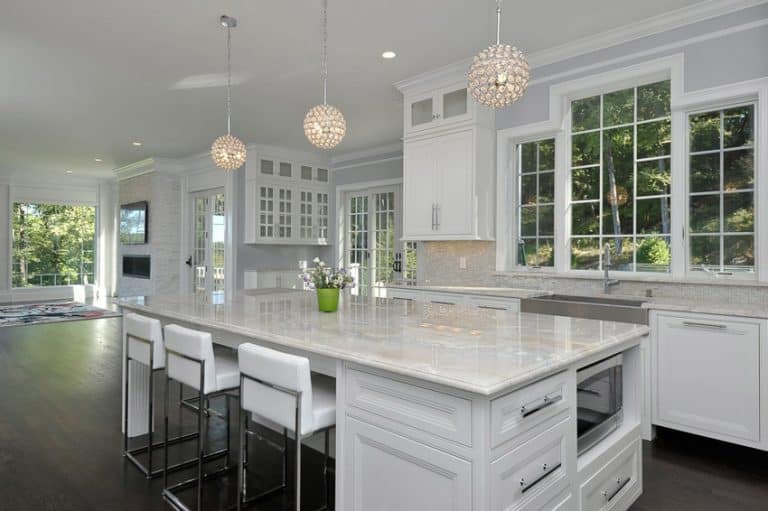Bowl Sizes (Standard Measurements & Sizing Chart)
In this bowl sizes guide you’ll see standard small to extra large bowl dimensions, including cereal, soup, mixer bowls with size chart, and measurements for popular bowl brands.
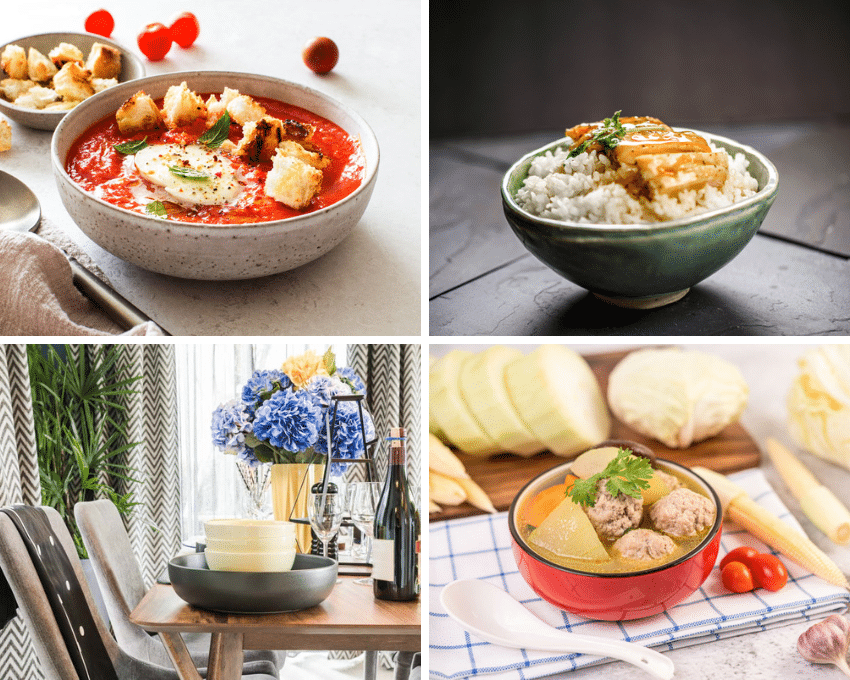
A bowl can hold either a single- or multiple servings of food depending on the size and be made of materials, such as wood, metal, plastic, or ceramic. These round containers or dishes are staples in anyone’s kitchen.
In order to buy the right bowls for their needs, homeowners must know the standard bowl sizes, be it a small, medium, or large bowl.
Standard Bowl Sizes
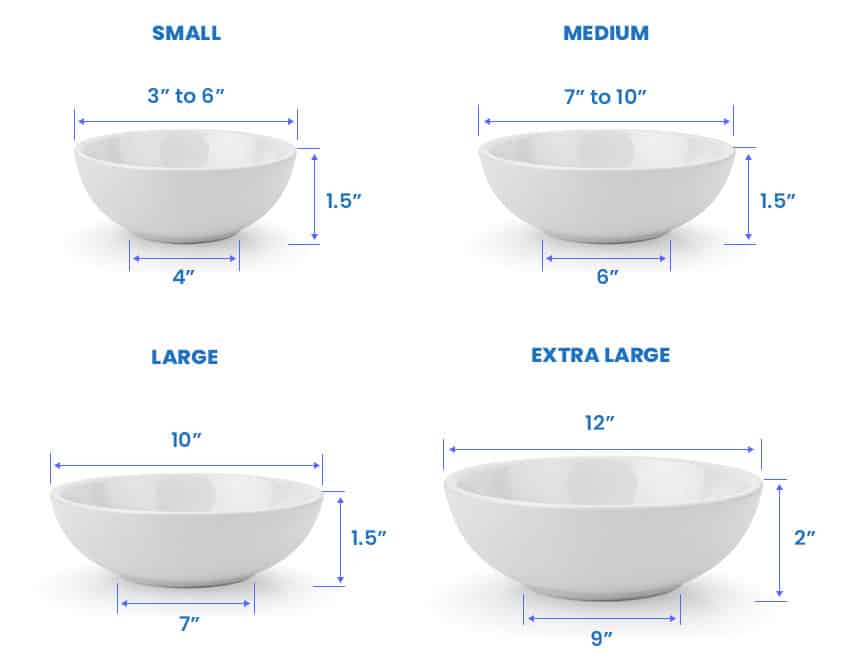
The finger bowl is a gracious custom seldom used today except at a formal dinner that concludes with a courts of fresh fruit, particularly in the United States where the final course is so often dessert taken with a utensil. – The Art of the Table: A Complete Guide to Table Setting, Table Manners, and Tableware, Suzanne Von Drachenfels
Finger bowls are used to rinse the user’s fingertips, while the ramekins hold solid food. On the other hand, there are seven types of soup bowls, namely lug soup bowl, soup plate, coupe soup bowl, soup cereal bowl, bouillon cup, cream soup bowl, and covered soup bowl.
Small Bowl Size
A small bowl will be between 3 and 6 inches in diameter, which is a good size for serving small appetizers, like nuts or candies.
Meanwhile, a 6-inch small bowl will have a 4-inch well diameter, 1.5-inch depth, and a rim of 25 millimeters.
Medium Bowl Size
Medium bowls will have between 7 and 10 inches diameter, which is good size for serving light snacks, dipping sauces, and appetizers.
Some medium bowl sizes are 8 inches or 203 millimeters in top diameter, 6 inches or 152 millimeters in well diameter, 1.5 inches or 38 millimeters in depth, and have a rim of one inch or 25 millimeters.
Large Bowl Size
A large bowl will be 10 inches or 254 millimeters in top diameter, 7 inches or 178 millimeters in well diameter, 1.5 inch or 38 millimeters in depth, and have a rim of 1 inch or 25 millimeters.
Extra Large Bowl Size
An XL bowl will be 12 inches or 305 millimeters in top diameter, 9 inches or 229 millimeters in well diameter, 2 inches or 51 millimeters in depth, and will have a rim of 1.5 inches or 38 millimeters
Cereal Bowl Size

While there isn’t really a standard when it comes to a cereal bowl size, a typical bowl will be able to hold about 12 fluid ounces or 1 ½ cups of liquid. For the dimensions, they can vary among brands and model, but nevertheless, a 12 fl. Oz will have dimensions of six by three inches (width, depth).
Soup Bowl Size
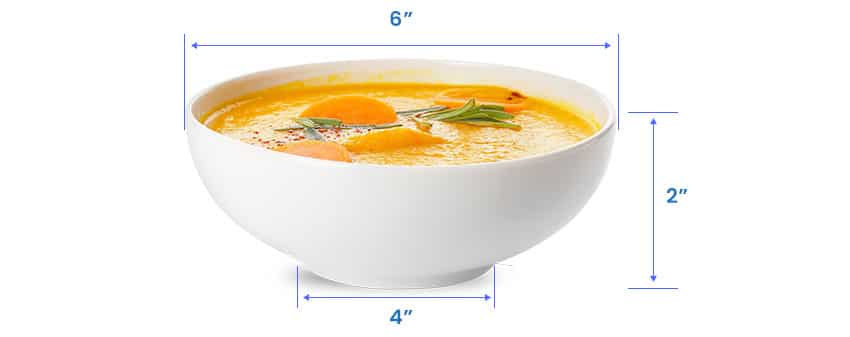
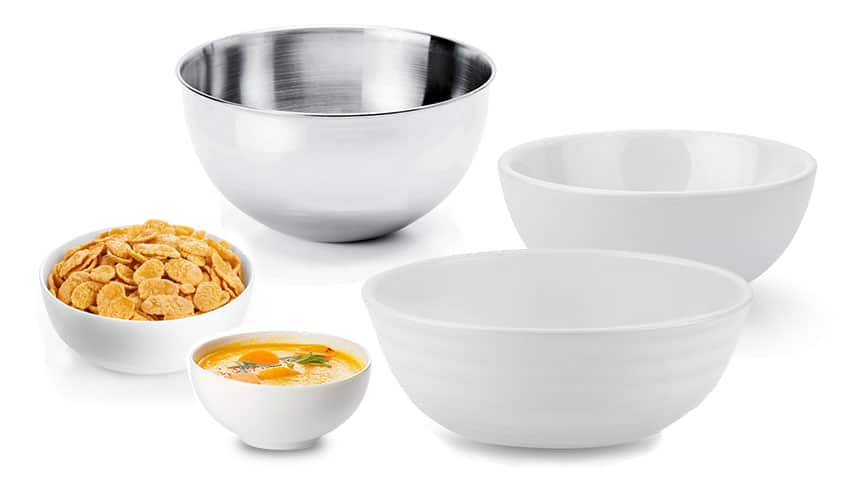
On the other hand, a coupe soup bowl, which has a saucer-like shape, measures around six to nine inches across.
Meanwhile, a soup-cereal bowl, which is slightly deeper and narrower than a coupe soup bowl or soup plate, is used to serve food, like pasta or salad at informal meals. It will be between 5.75 inches and 8.75 inches (diameter).
Mixing Bowl Size

Typical sizes for a mixing bowl are the 3-quart, 5-quart, and 8-quart bowls.
A small mixing bowl can be used for whisking dressings and doing other small kitchen tasks, while the medium ones can be for whipping up ingredients with a hand mixer.
Small mixing bowls are also ideal for individual servings, small recipes and holding ingredients, and even beating a single egg. It is always a sound idea to own one of these smaller sized bowls at home.
On the other hand, 2- and 3-quart bowls are ideal for whipping ingredients together or making eggs. Having one or two of these medium sized bowls can compliment one’s small and large bowl.
A large 8-quart mixing bowl, on the other hand, is good for making coleslaw, stuffing, and potato salad. Large sized mixing bowls are also perfect for tackling a large recipe and are commonly used for mixing batter together and kneading dough.
They’re a must-have bowl for every kitchen even if one won’t use it every day. Just in case, they’ll be in handy when the need arises.
Bowl Size Chart
| Size | Rim | Depth | Diameter (Top) | Diameter (Well) |
| Extra small | 0.5 inches | 1 inch | 5 inches | 3 inches |
| Small | 1 inch | 1.5 inches | 6 inches | 4 inches |
| Medium | 1 inch | 1.5 inches | 8 inches | 6 inches |
| Large | 1 inch | 1.5 inches | 10 inches | 7 inches |
| Extra Large | 1.5 inches | 2 inches | 12 inches | 9 inches |
*The numbers do not represent the actual sizes of the bowls per manufacturer, and there could be variances on the actual size they offer.
Corelle Bowl Sizes
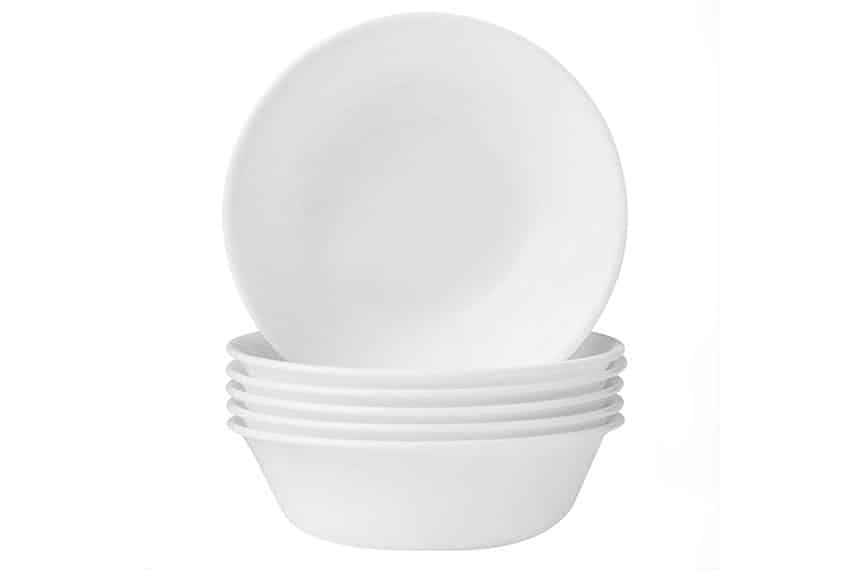
Corelle bowls are available in different sizes. Little dippers are in 2.4 oz, 6 oz, and 11 oz for dressings and dips, while slightly larger variations are in 18 oz, 20 oz, and 28 oz for cereals and soups.
Bowls for one-dish wonders are in 30 oz and 46 oz sizes. Larger bowls, on the other hand, are in one-quart and 2-quart variations for centerpieces and family favorite dishes.
How Many Oz Are Corelle Bowls?
It varies from one size to another, from 2.4 to 46 ounces. If you’re looking for bowls to hold two cups of food or liquid, you’ll need a 16-oz bowl. There is definitely a Corelle bowl for every need. Refer to the previous section for other ounce capacities available for a Corelle bowl.
Fiestaware Bowl Sizes

Cereal bowls are available in 19 oz bowls or a smaller 14.25 oz, while soup bowls in 13 oz, 18 oz, or 28 oz size.
A medium serving bowl is available in 38 fl oz. Homeowners can also find large Fiesta bowls that can hold 40 ounces with 8.25 inches diameter and a height of 2.75 inches, or a larger bistro bowl that is 68 ounces.
Pyrex Bowl Sizes
Pyrex bowls are also available in various sizes, like 1-qt, 1.5-qt, and 2.5-qt mixing bowls, 6- or 10-oz Custard Cups, and 4-qt rimmed mixing bowls. They also have classic glass bowls in sizes, like 0.5L, 1 liter, 2 liter, and 3 liter sizes.
Their 400 Series Color Bowls, also known as the Primary Color Bowls, are a four-piece multicolored mixing bowl sets, which were first introduced in the 1940s. It is made of 1 pint Blue bowl, 1.25-qt Red bowl, 2.5-qt Green bowl, and 4-qt Yellow bowl.
Kitchenaid Mixer Bowl Sizes
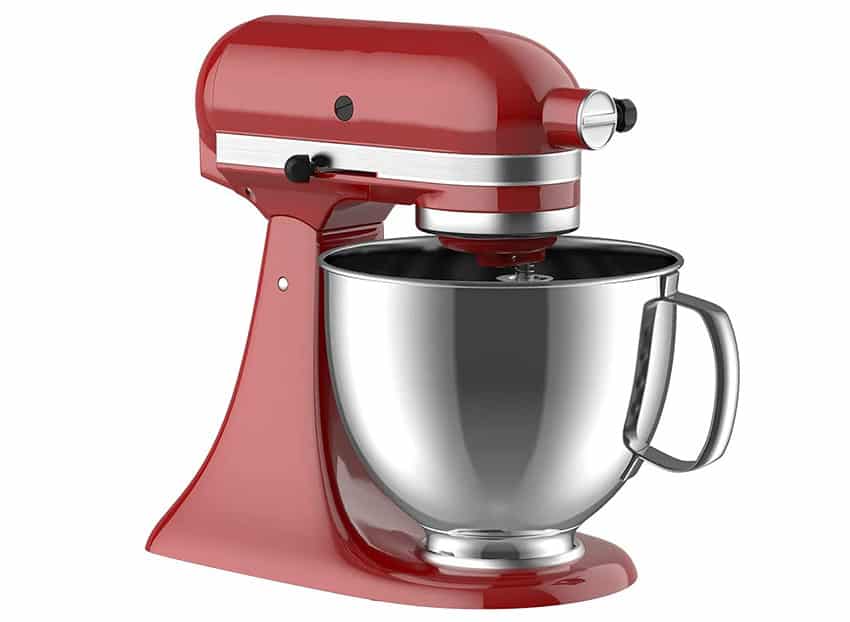
Some stand mixers come with a 4.5-qt mixer bowls, although some can support larger bowls. Many replacement bowls from three to five quarts can fit into a standard 4.5-qt tilt-head mixer.
A Kitchenaid full-sized tilt-head stand mixer will have more than 20 interchangeable bowls, from three to five quart capacities. The 5-qt bowls, which can be available in options like glass, stainless steel, and ceramic, are the largest, while the 3-qt polished stainless bowl is the smallest.
On the other hand, the Artisan Mini tilt-head stand mixer, which is for baking and cooking in small quantities, typically come with 3.5-qt capacity bowl with a handle.
Does one need multiple bowl sizes? Different sized mixer bowls can be in handy for different purposes. It is a sound idea to have several of these mixer bowls.
For example, one can easily use a 3-qt mixing bowl in the freezer for whipped cream to top desserts, while a 5-qt bowl to mix ingredients for a large dish. Nevertheless, one can use a lot of their creativity if they have multiple bowls at home.
Visit our Dutch oven sizes guide for more related content.

